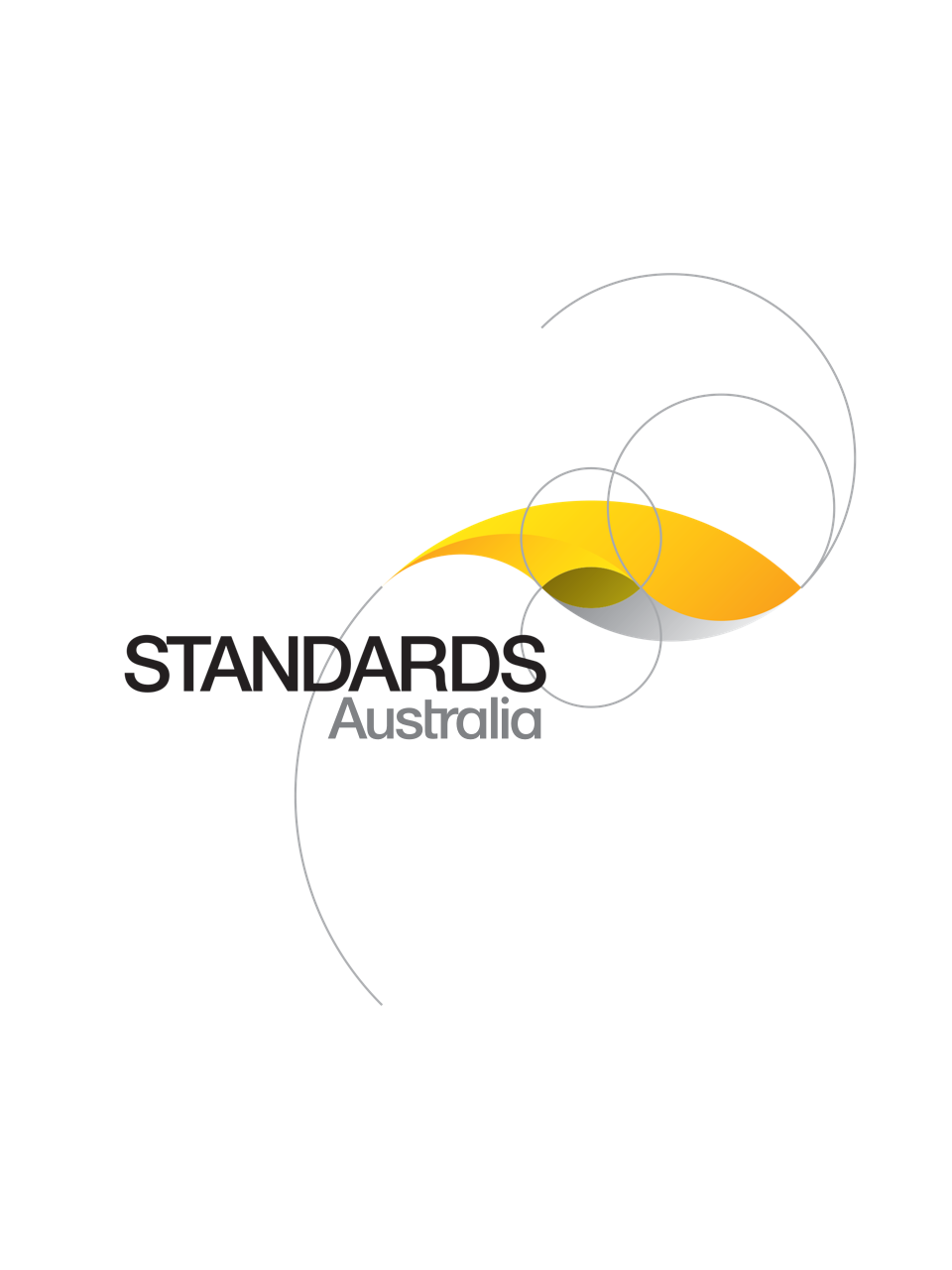Standard
Track updates
AS 11801.6:2019
[Current]Information technology — Generic cabling for customer premises, Part 6: Distributed building services (ISO/IEC 11801-6:2017, MOD)
The objective of this Standard specifies generic cabling within premises that comprise single or multiple buildings on a campus. It covers balanced cabling and optical fibre cabling.
Published: 24/05/2019
Pages: 39
Table of contents
Cited references
Content history
Table of contents
Header
About this publication
Preface
FOREWORD
INTRODUCTION
1 Scope
2 Normative references
3 Terms, definitions and abbreviated terms
3.1 Terms and definitions
3.2 Abbreviated terms
4 Conformance
5 Structure of the generic cabling system
5.1 General
5.2 Functional elements
5.2.1 Stand-alone structure
5.2.2 Overlay structure
5.3 General structure and hierarchy
5.3.1 Type A generic cabling
5.3.2 Type B generic cabling
5.4 Cabling subsystems
5.4.1 Campus and building backbone cabling subsystem
5.4.2 Service distribution cabling subsystem (Type A generic cabling)
5.4.3 Service distribution cabling subsystem (Type B generic cabling)
5.4.4 Design objectives
5.4.4.1 Service distribution cabling
5.4.4.2 Backbone cabling
5.5 Accommodation of functional elements
5.5.1 General
5.5.2 Accommodation of service outlets
5.5.3 Accommodation of service concentration points
5.5.3.1 Type A generic cabling
5.5.3.2 Type B generic cabling
5.6 Interfaces
5.6.1 Equipment interfaces and test interfaces
5.6.1.1 Type A generic cabling
5.6.1.2 Type B generic cabling
5.6.2 Channels and links
5.6.2.1 Type A generic cabling
5.6.2.2 Type B generic cabling
5.7 Dimensioning and configuring
5.7.1 General
5.7.2 Type A generic cabling
5.7.2.1 Balanced cabling
5.7.2.1.1 Distributors
5.7.2.1.2 Service area cords and equipment cords
5.7.2.1.3 Patch cords and jumpers
5.7.2.1.4 Service outlet
5.7.2.2 Optical fibre cabling
5.7.2.2.1 General
5.7.2.2.2 Distributors
5.7.2.2.3 Service area cords and equipment cords
5.7.2.2.4 Patch cords and jumpers
5.7.2.2.5 Service outlet
5.7.3 Type B generic cabling
5.7.3.1 Balanced cabling
5.7.3.1.1 Distributors
5.7.3.1.2 Equipment cords
5.7.3.1.3 Patch cords and jumpers
5.7.3.2 Optical fibre cabling
5.7.3.2.1 Distributors
5.7.3.2.2 Equipment cords
5.7.3.2.3 Patch cords and jumpers
5.7.4 Service concentration point
5.7.5 Connecting hardware
5.7.6 Telecommunications rooms and equipment rooms
5.8 Relevant building services
6 Channel performance requirements
6.1 General
6.2 Environmental performance
6.3 Transmission performance
6.3.1 General
6.3.2 Balanced cabling
6.3.2.1 Service distribution cabling (Type A generic cabling)
6.3.2.2 Service distribution cabling (Type B generic cabling)
6.3.2.3 Backbone cabling
6.3.3 Optical fibre cabling
6.3.3.1 General
6.3.3.2 Service distribution cabling (Type B generic cabling)
7 Link performance requirements
7.1 General
7.2 Balanced cabling
7.3 Optical fibre cabling
8 Reference implementations
8.1 General
8.2 Balanced cabling
8.2.1 General
8.2.2 Service distribution cabling (Type A generic cabling)
8.2.2.1 Component choice
8.2.2.2 Dimensions
8.2.3 Service distribution cabling (Type B generic cabling)
8.2.3.1 Component choice
8.2.3.2 Dimensions
8.2.4 Campus and building backbone cabling
8.3 Optical fibre cabling
8.3.1 Service distribution cabling (Type A generic cabling)
8.3.1.1 General
8.3.1.2 Component selection
8.3.1.3 Dimensions
8.3.2 Service distribution cabling (Type B generic cabling)
8.3.3 Campus and building backbone cabling
9 Cable requirements
9.1 General
9.2 Balanced cables
9.3 Optical fibre cables
10 Connecting hardware requirements
10.1 General requirements
10.2 Connecting hardware for balanced cabling
10.2.1 General requirements
10.2.2 Electrical, mechanical and environmental performance
10.2.2.1 Connecting hardware at the service outlet for Type A generic cabling
10.2.2.2 Connecting hardware at other locations
10.3 Connecting hardware for optical fibre cabling
11 Cords
11.1 Jumpers
11.2 Balanced cords
11.3 Optical fibre cords
Annex A
A.1 Overview
A.2 Service sectors and services
A.2.1 Access control
A.2.1.1 Door entry controls
A.2.1.2 Surveillance cameras
A.2.1.3 Time and attendance monitoring
A.2.2 Burglar alarms
A.2.3 Asset management
A.2.3.1 General
A.2.3.2 Radio-frequency identification
A.2.4 Audio-visual
A.2.4.1 Audio
A.2.4.2 Video projection
A.2.5 Building information systems
A.2.5.1 Central clock systems
A.2.5.2 Electronic signage
A.2.5.3 Distributed sensor systems
A.2.6 Building well-being and structural sensor systems
A.2.7 Energy management
A.2.7.1 Utility meters
A.2.7.2 Power distribution monitoring and control
A.2.7.3 Lighting control
A.2.8 Environmental control
A.2.8.1 Heating and cooling
A.2.8.2 Window and blind control
A.2.8.3 Humidity monitoring
A.2.8.4 Airflow monitoring
A.2.8.5 Air quality monitoring
A.2.8.6 Weather station
A.2.9 Fixed information technology services
A.2.10 Personal well-being
A.2.10.1 Patient monitoring
A.2.10.2 Nurse call
A.2.11 Shared information technology services
A.2.11.1 General
A.2.11.2 Wireless access points
A.2.11.3 Distributed antenna systems
A.2.11.4 Indoor positioning system
A.3 Service concentration point grid density
A.4 Cabling provision to service concentration points
Annex B
B.1 General
B.2 Functional elements
B.2.1 Type A generic cabling
B.2.2 Type B generic cabling
B.3 General structure and hierarchy
B.3.1 Type A generic cabling
B.3.2 Type B generic cabling
Annex C
C.1 Overview
C.2 Implementation recommendations
C.2.1 Channel performance
C.2.2 Reference implementation
C.2.3 Cables
C.2.4 Connecting hardware
C.2.5 Cords
Bibliography
Corrigendum 1
Appendix ZZ
ZZ.1 Scope
ZZ.2 Variations
Cited references in this standard
[Current]
Information technology - Generic cabling for customer premises - Part 1: General requirements
[Current]
Information technology - Implementation and operation of customer premises cabling - Part 2: Planning and installation
[Current]
Information technology - Telecommunications bonding networks for buildings and other structures
One-time Purchase
Access via web browser on any device
One-time purchase
Single publication
Offline access via PDF^
$149.01 AUD
Inclusive of GSTFormat *
Web Reader
Licenses *
1 License (for yourself - not shareable)
Total$149.01 AUD
IMPORTANT
